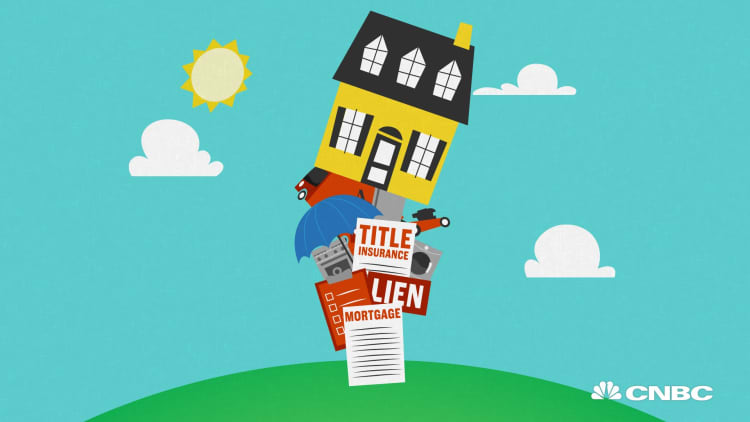Homebuyers have a limit to what they can afford, and sellers are slowly having to adjust to that new reality.
Home prices increased 4.7 percent annually in December, down from 5.1 percent in November, according to the S&P CoreLogic Case-Shiller U.S. National Home Price Index. That is the slowest pace since August 2015.
The 10-city composite annual increase came in at 3.8 percent, down from 4.2 percent the previous month. The 20-city composite rose 4.2 percent year over year, down from 4.6 in the previous month.
"Even at the reduced pace of 4.7 percent per year, home prices continue to outpace wage gains of 3.5 percent to 4 percent and inflation of about 2 percent," said David M. Blitzer, managing director and chairman of the Index Committee at S&P Dow Jones Indices. "A decline in interest rates in the fourth quarter was not enough to offset the impact of rising prices on home sales."
The average rate on the 30-year fixed jumped to just over 5 percent at the start of November but then began falling in December. It has been hovering at just below 4.5 percent for the past two weeks, according to Mortgage News Daily. Lower rates not only help potential buyers afford a new home, they also help more buyers qualify for a mortgage.
"Slower price appreciation coupled with lower mortgage rates in 2019 should help homebuyers who haven't been priced out of the market," said Danielle Hale, chief economist at Realtor.com. "While 2018 started with a real estate frenzy and ended with a fizzle, we could see 2019's slow beginning start to pick up later in the year."
Las Vegas, Phoenix and Atlanta reported the highest year-over-year gains among the 20 cities. In December, Las Vegas prices jumped 11.4 percent year over year, followed by Phoenix with an 8 percent increase and Atlanta with a 5.9 percent rise. Three of the 20 cities reported greater price increases in the year ending December 2018 versus the year ending November 2018.
While lower mortgage rates could definitely give the sales market a boost, home prices are very high across most major metropolitan markets. Affordability is at the lowest in about a decade, and home sales were sharply lower at the end of 2018. Prices usually lag sales, so it is likely price gains will continue to shrink until sales make a move decidedly higher.
Home construction is still lower than historical norms, especially given high demand. Single-family housing starts were down in December, according to the latest data released Tuesday from the U.S. Census. While homebuilder sentiment is higher, thanks to lower interest rates, builders are still not confident enough to really ramp up production.
Sales of existing homes were 8.5 percent lower this January compared with January 2018, according to the National Association of Realtors. Homes are now sitting on the market longer and sellers are cutting prices more frequently.



